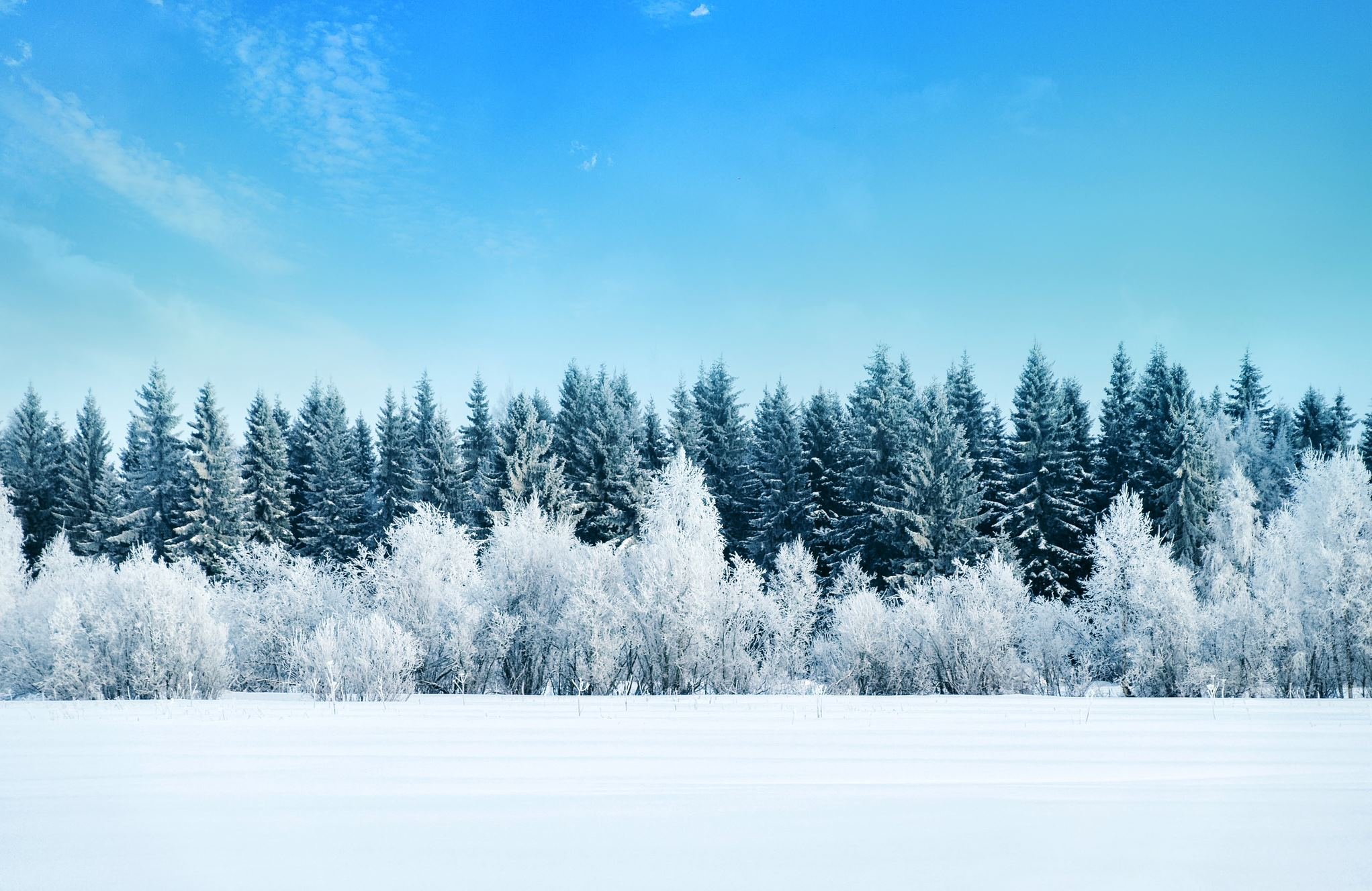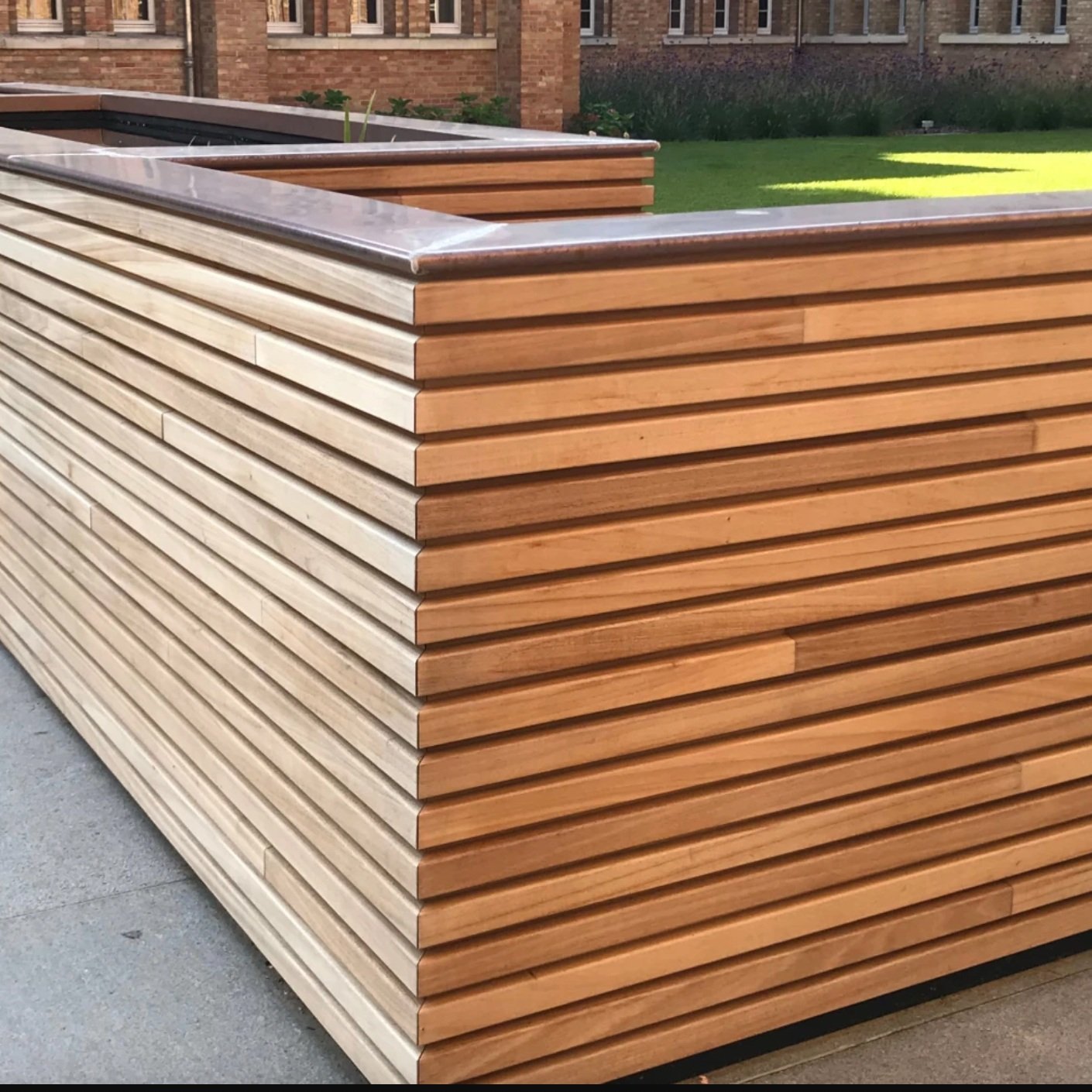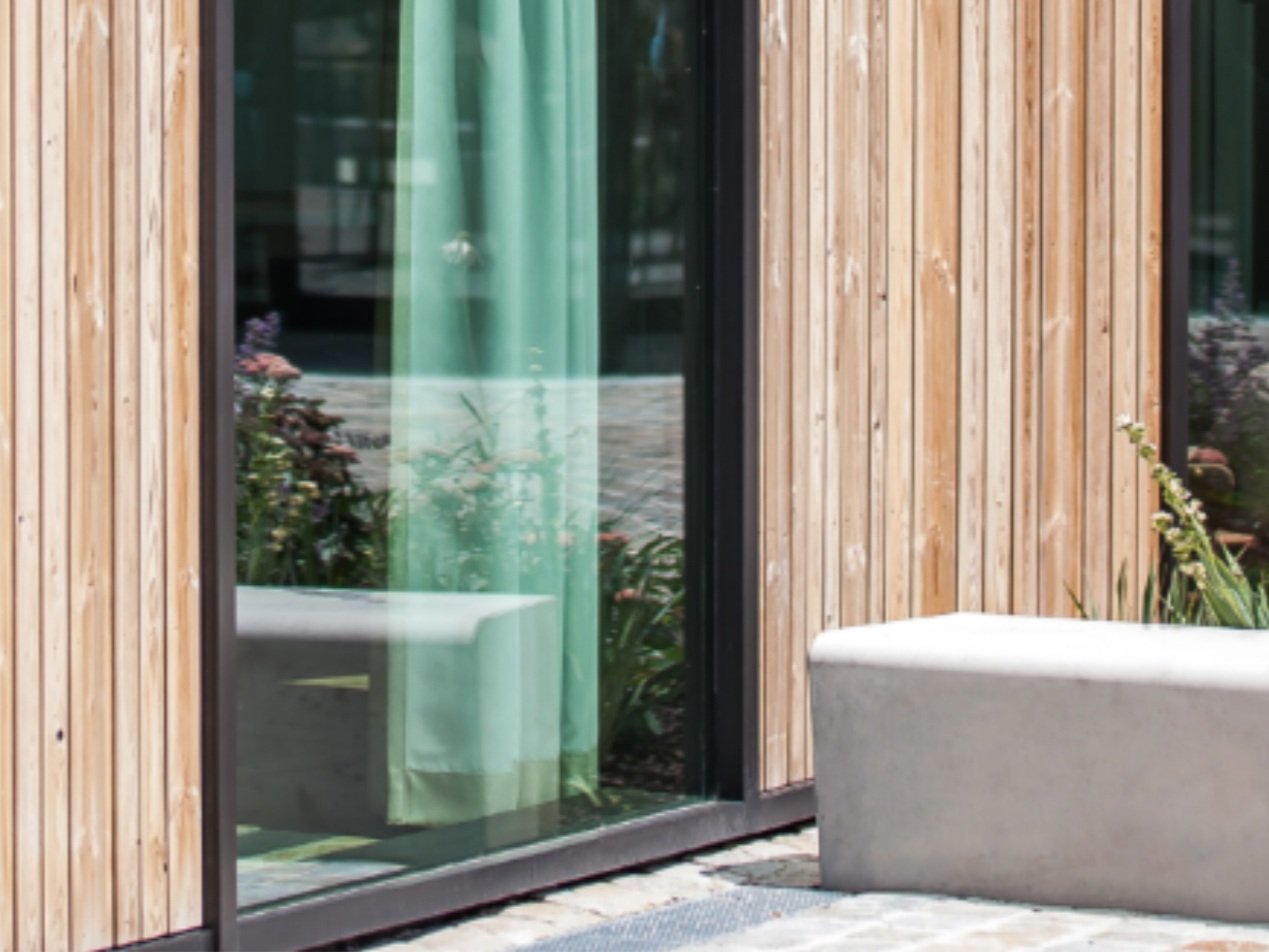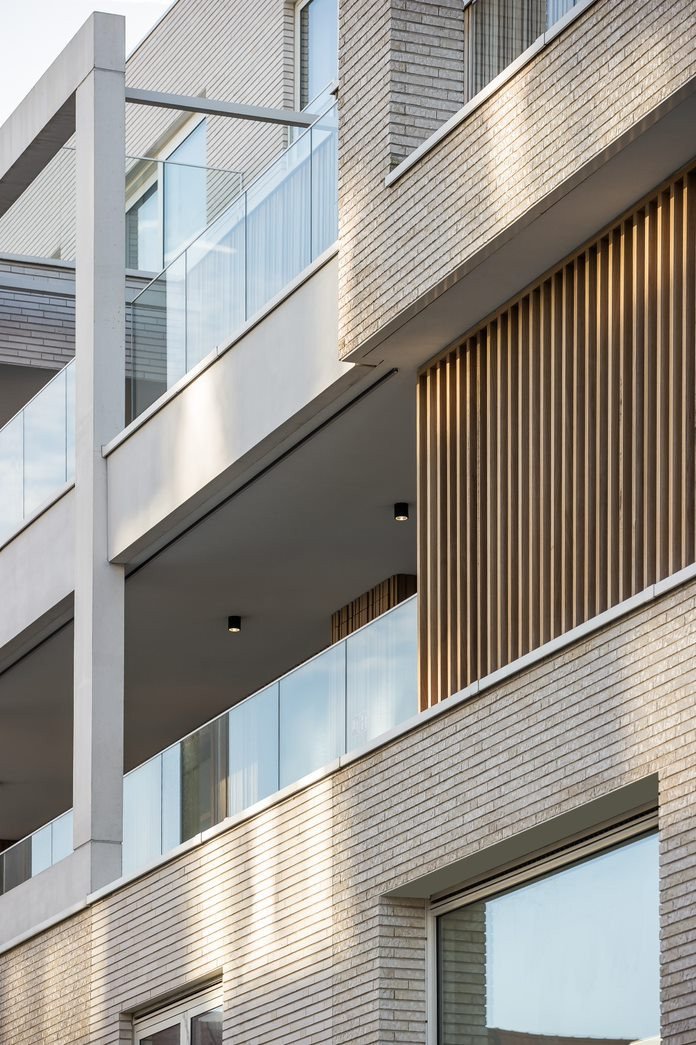
ThermoWood®
Thermally Modified Wood Solutions
BPWood and LDCwood have agreed to an exciting collaboration to exclusively import, market, and distribute ThermoWood® in North America.
The Future of Beautiful, Durable, Natural Wood: ThermoWood® and Its Impact on the Industry
Thermally modified timber or TMT, has garnered significant attention in the world of architecture and construction. This unique material offers numerous benefits, from improved durability to enhanced environmental sustainability. As the North American market becomes increasingly interested in this innovative product, it's crucial for professionals and consumers alike to understand its potential impact on the industry.
What is Thermally Modified Wood?
Thermal modification is a process that uses heat to alter the chemical and physical properties of wood, enhancing its performance and durability. This innovative treatment can be applied to a variety of wood species, creating a final product that is more stable, resistant to decay, and less susceptible to moisture absorption.
How is it made?
Thermally modified wood is produced through a carefully controlled process that exposes the material to high temperatures, typically ranging from 180°C to 230°C (356°F to 446°F). This heat treatment breaks down hemicellulose, a component in wood that is responsible for moisture absorption and can lead to decay. By eliminating this component, the wood becomes more resistant to water, insects, and fungal attacks, ensuring a longer lifespan and lower maintenance requirements.
International ThermoWood® Association
The International ThermoWood® Association is an organization that oversees the certification of thermally modified wood products. ThermoWood® is a registered trademark that guarantees quality and authenticity. Established to ensure the highest quality of thermally modified wood products by regulating the process and establishing standards. The certification process involves rigorous testing and inspections. The term ThermoWood® is recognized worldwide as a symbol of excellence in thermally modified wood products.





WATCH: Learn the State of the Art Modification Process
LDCwood ThermoWood®
Our LDCwood ThermoWood® is a prime example of the gold standard in the North American market. This project showcases the material's enhanced durability, stability, and aesthetic appeal, demonstrating its viability as a high-performance alternative to traditional lumber products.
Benefits of ThermoWood®
ThermoWood® offers a range of advantages over traditional lumber, making it an attractive option for contractors, architects, and public planners.
-
One of the most significant benefits is its improved durability. The heat treatment process strengthens the wood and increases its resistance to decay, moisture, and insect damage. This enhanced durability ensures that it can withstand harsh environmental conditions and last for many years with minimal maintenance.
-
ThermoWood® is less susceptible to warping, twisting, and cupping than traditional lumber, thanks to its reduced moisture absorption. This stability makes it an ideal choice for a wide range of applications, from decking and siding to outdoor furniture building and architectural features.
-
The thermal modification process does not require the use of chemicals, making it an eco-friendly alternative to pressure-treated timber. Additionally, wood can be sourced from sustainably managed forests, further reducing its environmental impact.
-
ThermoWood® has a rich, natural color that patinas over time, creating an attractive appearance that appeals to both professionals and consumers. Its unique aesthetic sets it apart from other materials and adds a touch of sophistication to any project.
Comparing Thermally Modified Wood to Other Materials
-
Pressure-treated lumber is a popular choice for outdoor applications due to its resistance to decay and insect damage. However, it relies on chemicals to achieve this durability, making it less environmentally friendly than ThermoWood®. Additionally, pressure-treated lumber is more susceptible to warping and requires more maintenance over time.
-
Composite decking is a low-maintenance alternative to traditional wood, made from a combination of wood fibers and plastic. While composite materials are resistant to decay and require minimal maintenance, they are not as eco-friendly as ThermoWood®. The manufacturing process for composite decking involves the use of petroleum-based plastics, which contribute to environmental concerns.
-
Hardwood decking materials, such as Ipe and Teak, are known for their durability and natural beauty. However, they can be expensive and often require more maintenance than thermally modified wood. Additionally, sourcing hardwoods from sustainable sources can be challenging, making TMW a more environmentally responsible choice.
ThermoWood® in North America
With its numerous benefits and environmentally friendly properties, thermally modified wood is poised to make a significant impact on the North American market.
Growing Interest
As awareness of thermally modified wood increases, industry professionals and consumers alike are becoming more interested in its potential applications. The unique properties of TMW make it a suitable choice for a wide range of projects, from residential decking and siding to commercial and municipal applications.
FAQs
-
Yes, it can be painted or stained, just like traditional lumber. However, due to its lower moisture content, it may require different preparation techniques and specific products designed for use on thermally modified wood.
-
It can be more expensive than some traditional lumber options, but its enhanced durability, reduced maintenance requirements, and environmental benefits often make it a cost-effective choice in the long run.
-
ThermoWood® is well-suited for use in extreme weather conditions due to its increased resistance to moisture and decay. Its reduced susceptibility to warping, twisting, and cupping ensures that it maintains its stability even in harsh environments.
-
It is primarily used for non-structural applications, such as decking, siding, cladding, and outdoor furniture. While it offers enhanced durability and stability, it is not typically recommended for load-bearing or structural applications.
-
Yes, ThermoWood® can be produced from a variety of wood species, including softwoods like pine and spruce, and hardwoods like Ayous, and Frake. This variety allows for greater flexibility in design and aesthetic preferences.
Conclusion
ThermoWood® has the potential to revolutionize the lumber and construction industries, offering an eco-friendly, durable, and visually appealing alternative to traditional materials. As its popularity grows, it's essential for professionals to understand and embrace the benefits of this innovative material. If you're considering ThermoWood® for your next project, don't hesitate to give us a call. Our team of experts is here to guide you through the process and help you make the most of this cutting-edge lumber solution.











